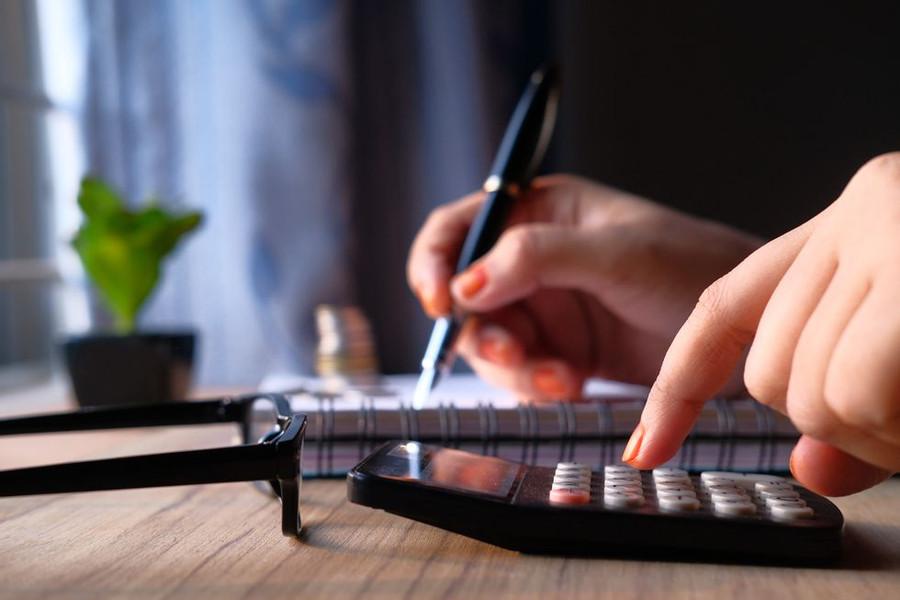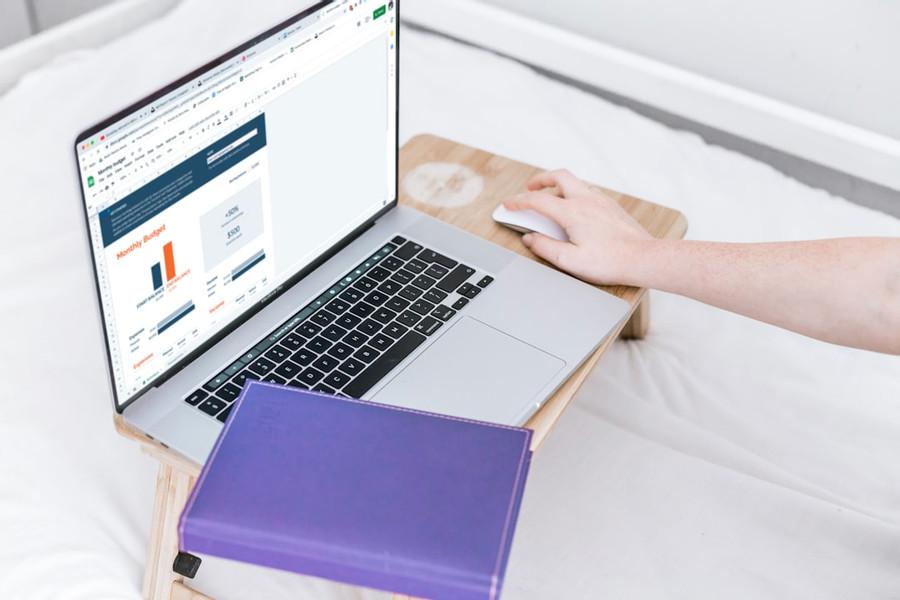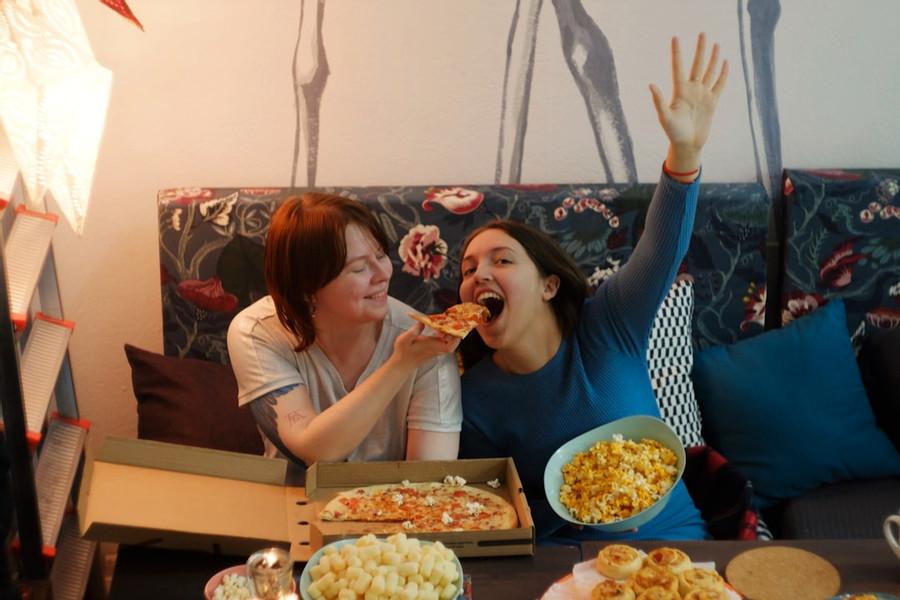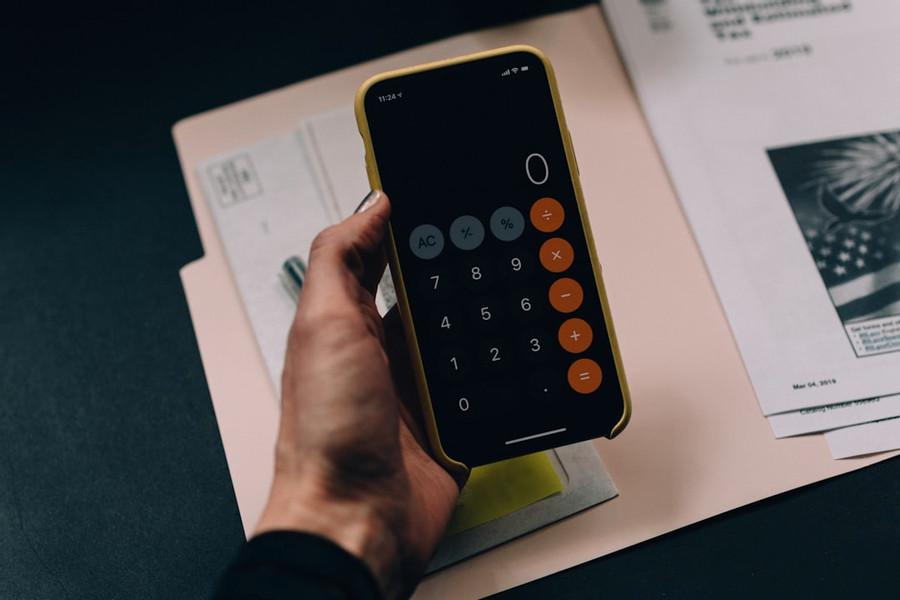The Art of Kakeibo: This Japanese Budgeting System Could Change Your Financial Life
Curated from: shondaland.com
82
1
Explore the World's Best Ideas
Join today and uncover 100+ curated journeys from 50+ topics. Unlock access to our mobile app with extensive features.
Kakeibo: Managing Your Money Like The Japanese
Kakeibo is an old Japanese form of budgeting that has become en vogue thanks to an increased focus on incorporating mindfulness into all aspects of our lives. It offers a simple, no-nonsense way to get your spending under control.
The system was developed in 1904 by a female journalist named Hani Motoko.
Kakeibo helps to bring mindful awareness to the process of spending (and budgeting) in a similar way that food journaling brings awareness to eating behaviours.
104
1.29K reads
How to Use Kakeibo
At the heart of kakeibo is journaling or documenting your income and spending. Since the process predates smartphones and computers, it relies on old-fashioned pen and paper technology.
Life goals and financial goals are related, and once we start to connect financial life with overall life, things start to make sense.
92
1.24K reads
Track Your Spending for A Month
The first step in kakeibo, much like any mindfulness work, is to become aware of what's actually happening to your finances. This means keeping detailed track of your spending for a set period. Most financial experts, like Liu, recommend tracking expenses and income for at least a month before setting a budget.
Tracking your spending and income gets at the heart of the kakeibo practice, which centers on four key questions. They are:
- How much money do I have or earn?
- How much do I want to save?
- How much am I spending?
- Where can I improve?
110
993 reads
Break Your Spending Into Categories and Getting Financially Naked
Once you have tracked your expenditures for a month, you can break spending into categories. The key to kakeibo is tracking it all with a basic pen and paper, rather than using any kind of app. Why? Research has repeatedly shown that physically writing things down changes the way we behave. It also creates a little more friction to our spending.
Once you have an idea of your spending, you can divide your kakeibo, or budget, into different categories of spending: Essential and non-essential.
100
871 reads
The Four Categories
- General: These are your regular household expenditures like housing, food, transportation, medical care, internet, and phone connections, animal care, and childcare.
- Leisure: These are things like Netflix, shopping, online shopping, parties, gifts, etc. Think of these as the things you enjoy, but don't necessarily need.
- Culture: Capture those things that enrich your life here. Maybe it's a subscription to a newspaper or magazine, perhaps it's your regular haircut or nail appointment.
- Unexpected Costs: This is the stuff that comes up unexpectedly that we all need to pay for.
112
867 reads
Set Your Goals
Once you have an idea of where your money goes over a month, you can set your goals. What do you want to achieve with your money? What's your timeline for achieving your goals?
Whatever your goals are, set a number and a timeline for them and write it down. You can then divide that number into smaller chunks so you know how much you might need to save per month or week.
Do this for each of the four categories. This will serve as your “budget” or spending limit for each category.
97
654 reads
Track Your Spending and Assess
At the end of each week, you check your balances against your goals. At the end of the month, you look back at where you ended up in relation to your goals in each category and ask yourself where you can do better.
We've become so accustomed to immediate gratification these days. Kakeibo asks us to slow down and consider so that we don't overspend.
The real magic of kakeibo is that it uses some basic questions and tricks to get you to become more mindful of your spending and to get you thinking about what you really want and need.
94
596 reads
Kakeibo: Ask Yourself
The following questions are designed to invite self-reflection and help you decide if an expense is “worth it.”
- Do I actually need this? Will it be useful, and does it make me excited?
- Do I have the space for this? Will it have a place in my life or home?
- Based on my current financial situation, can I actually afford this?
- How do I feel about buying this?
- What is my general emotional state today? How do I feel?
109
666 reads
The Bottom Line
Budgeting poses a distinct challenge for almost everyone. It's uncomfortable, forces us to face a lot of our preconceived notions, and tests our learned behaviour as consumers. There are many different kinds of budgeting styles and tools out there, but you don't need new-fangled tools, apps, or expensive memberships to get your spending under control.
By using a simple pen and paper and incorporating mindfulness into your budgeting work, you just might be able to break the debt cycle and gain financial freedom through the practice of kakeibo.
91
622 reads
IDEAS CURATED BY
CURATOR'S NOTE
Mindful spending.
“
Trinity 's ideas are part of this journey:
Learn more about moneyandinvestments with this collection
How to find purpose and meaning in life
How to cultivate gratitude
Techniques for managing negative thoughts
Related collections
Similar ideas
4 ideas
How to Use Envelope Budgeting to Increase Your Savings
mint.intuit.com
4 ideas
4 Major Financial Personalities, & How To Use Yours As A Strength
thefinancialdiet.com
3 ideas
Budgeting Basics: Budgeting Mistakes to Avoid
investopedia.com
Read & Learn
20x Faster
without
deepstash
with
deepstash
with
deepstash
Personalized microlearning
—
100+ Learning Journeys
—
Access to 200,000+ ideas
—
Access to the mobile app
—
Unlimited idea saving
—
—
Unlimited history
—
—
Unlimited listening to ideas
—
—
Downloading & offline access
—
—
Supercharge your mind with one idea per day
Enter your email and spend 1 minute every day to learn something new.
I agree to receive email updates








